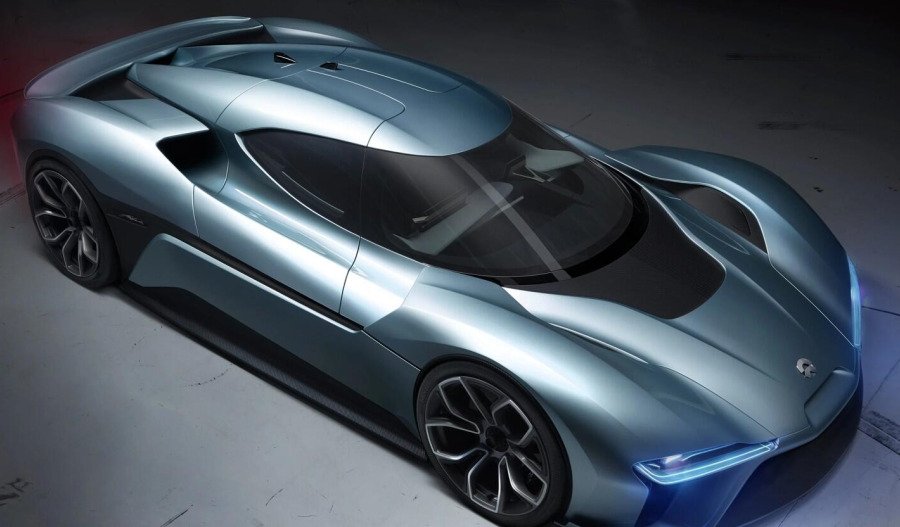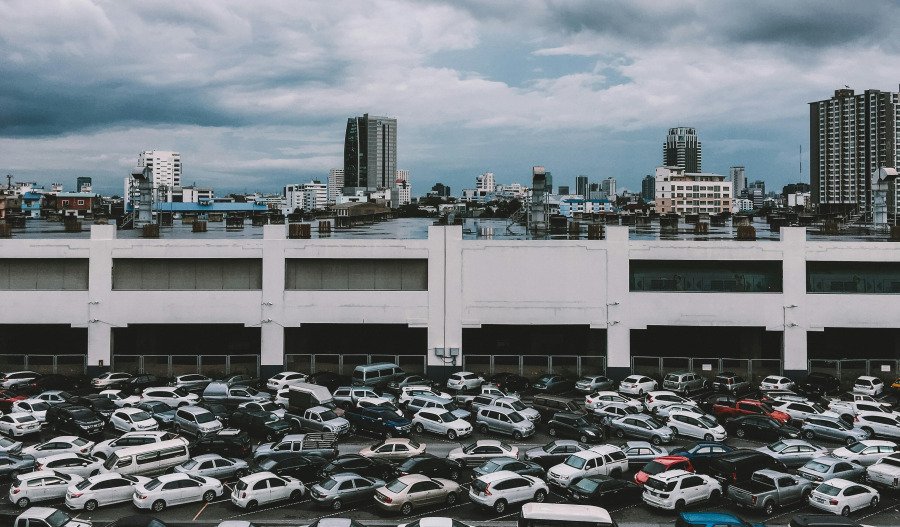The road to electrification is no longer just about innovation, but about surviving a geopolitical gambit where the United States and China treat rare earths like chess pieces - with carmakers increasingly exposed.
Azzet’s Mission Critical is a weekly column that lays out the ebbs and flows around critical minerals supply chains - from pricing, production, refinement and mergers & acquisitions, to manufacturing and consumer products.
The economic and military leverage the United States is using against China is being met with the latter's hegemony over global supply chains, and it's hitting the automotive industry hard.
It's likely just the first of many sectors to become collateral damage in the tussle for global dominance between the two superpowers.
At the centre of concern are rare earth elements (REEs), gallium, germanium, graphite and antimony - core materials for electric vehicles (EV), defense and aerospace - all supplied predominantly by China.
It's a topic this column tends to cover now and then:
Find out more: Mission Critical: The gravity of China's rare earth bans
Find out more: Mission Critical: Trade war leaves REE miners out to dry
Find out more: Mission Critical: China's plan to choke lithium tech supply
Electric dreams
EV adoption is accelerating and it's manufacturers and policymakers that are waking up to recognise the inherent risks embedded deep within the supply chain.
In fact, apart from that it's the largest producer of all these critical minerals, China controls >90% of global processing capacity too.
Permanent magnet motors, which power most EVs efficiently, depend on neodymium-iron-boron (NdFeB) magnets; each vehicle can require up to two kilograms of these materials - the bulk of which also comes from the Middle Kingdom.
On the battery side, graphite - both natural and synthetic - remains the standard for anodes in lithium-ion batteries.
That concentration of production in China is leaving major economies vulnerable - and it's Xi Xinping's ace up his sleeve in the ensuing Sino-American trade war.
Collateral damage
Automakers and senior executives from India, Japan, and Europe have been actively pursuing high-level meetings with officials in Beijing, sources said, aiming to expedite approvals for rare earth magnet exports as growing shortages posed a risk of disrupting global supply chains.
A Japanese business delegation is set to travel to Beijing in the coming days for discussion with the Ministry of Commerce (MOFCOM) regarding the restrictions, according to a source familiar with the plans.
European diplomats representing major car economies have also requested “emergency” meetings with MOFCOM in recent weeks, seeking clarity as pressure builds across the sector.
And India’s Society of Indian Automobile Manufacturers (SIAM) recently raised the possibility that supply disruptions could lead to output disruptions across India’s car industry.
While exact data on REE magnet imports is limited, India’s reliance on their Chinese neighbours' components is considerable.
Germany, a heavyweight in global automotive manufacturing, is also exposed - and its carmakers such as Volkswagen, BMW and Mercedes-Benz operate within tightly linked supply chains.
The German Association for the Automotive Industry (VDA) has repeatedly flagged the issue.
VDA head Hildegard Mueller told Reuters that China has issued some permits to a handful of rare earth producers - including supplies to Volkswagen - but not enough to ensure the adequate supply of components needed to allow smooth production.
"If the situation is not changed quickly, production delays and even production outages can no longer be ruled out," Mueller said.
With national EV targets tied to the broader Energiewende policy, Berlin and Brussels are now working to source raw materials elsewhere.
The concern is shared by other manufacturing hubs. In the U.S., Japan and South Korea, companies such as Tesla, Toyota and Hyundai all depend on Chinese-supplied REEs and graphite.
While research is underway into alternative motor and battery designs, many options remain early-stage or carry significant trade-offs.
For now, the automotive sector continues to grapple with its exposures - navigating a landscape where material security is fast becoming as important as market share.
Ripple effect
The pain isn't just confined to the automotive sector. A constriction in rare earth elements, gallium, germanium, and graphite supply would cascade through a multitude of critical industries.
Semiconductors and Consumer Electronics:
Gallium and Germanium: Crucial for high-performance chips (e.g., Gallium Nitride - GaN, Gallium Arsenide - GaAs) used in 5G base stations, advanced sensors, smartphones, and power electronics.
REEs: Used in magnets (speakers, actuators in HDDs), phosphors (displays), and polishing powders.
Impact: Supply disruptions can lead to increased component costs, production delays for flagship electronic and telecommunication products, and hinder advancements in semiconductor technology.
Renewable Energy: Wind turbines are a major consumer of NdFeB magnets. Solar panels utilise gallium and germanium in some high-efficiency photovoltaic cells.
Impact: Constrained supply directly impacts the scalability and cost-effectiveness of renewable energy projects.
Defense and Aerospace: REEs are indispensable in modern military applications. Gallium and Germanium are critical for advanced radar, electronic warfare, and night vision systems.
Impact: For defense, this isn't just an economic issue; it's a national security one too. The U.S. Department of Defense has long flagged REE dependence on China as a strategic vulnerability and is increasingly concerned about gallium and germanium.
Medical Devices: MRI machines, sensors, and lasers (REEs). Specialised detectors and optics (Germanium).
Impact: Medical research and treatments.
Industrial Catalysts & Glass: Lanthanum and Cerium (REEs) are used in fluid catalytic cracking and as polishing agents.
Impact: Various industrial uses.
Essentially, any industry touching advanced electronics, magnets, specialised optics, batteries, or certain catalytic processes is exposed - and it's already happening.



